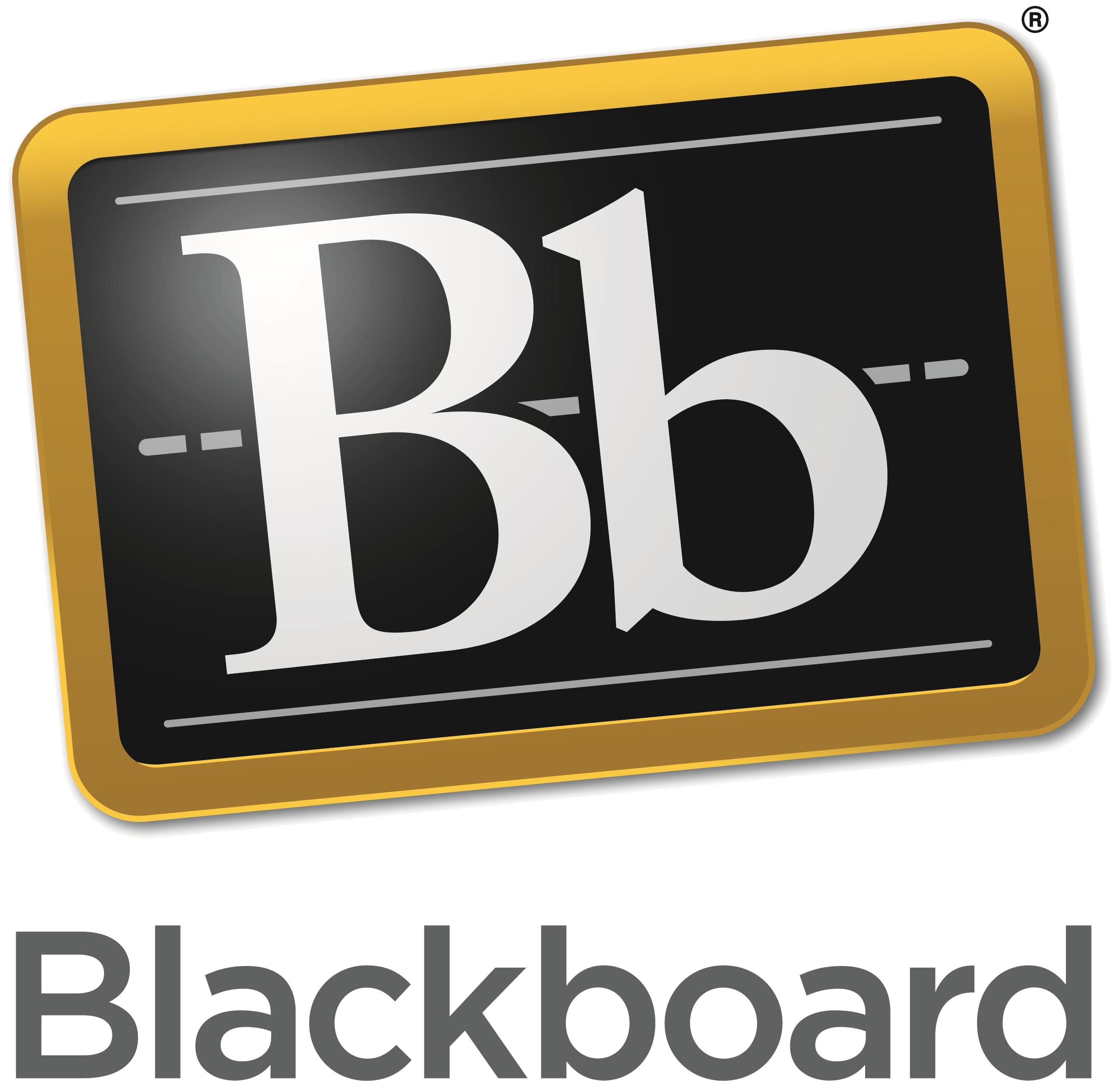-
A program’s culture is the most dynamic variable in the equation that determines the significance of feedback. To develop a feedback culture, programs should “normalize feedback, promote trusting teacher-learner relationships, define clear performance goals, and ensure that the goals of learners and teachers align” (Watling, 2014, 721).
-
“Feedback is most effective when it explicitly communicates to students about some specific aspects of their performance relative to specific target criteria, and when it provides information that helps students progress toward meeting those criteria” (Ambrose, Lovett, Bridges, DiPietro, & Norman, 2010, p. 139).
-
Ambrose, S.A., Lovett, M., Bridges, M.W., DiPietro, M., & Norman, M.K. (2010). How learning works: Seven research-based principles for smart teaching. San Francisco, CA: Jossey-Bass.
Characteristics of Effective Feedback
| |
- Based on direct observation
- Focused on a specific behavior or skill
- Actionable
- Timely
- Limited
- Promotes self-assessment
- Emphasizes practice opportunities
|
- Use the Ask-Tell-Ask Feedback Framework (Konopasek & Bar-on, 2015) to have a feedback conversation with learner:
- Ask: ask a question to trigger self-assessment, e.g., how do you think things are going, please reflect on…?
- Tell: relay your observations, concrete, specific, positive, and constructive/instructive
- Ask: ask a question about how improvement can occur, e.g., what do you see as priorities for improvement, who/what might help you improve
- When giving feedback avoid saying “good job”, “great job”, “poor performance”, etc. in isolation. If you use these phrases, make sure to include something specific that was either good or needs improvement.
- When giving feedback avoid saying “good job”, “great job”, “poor performance”, etc. in isolation. If you use these phrases, make sure to include something specific that was either good or needs improvement.
|

